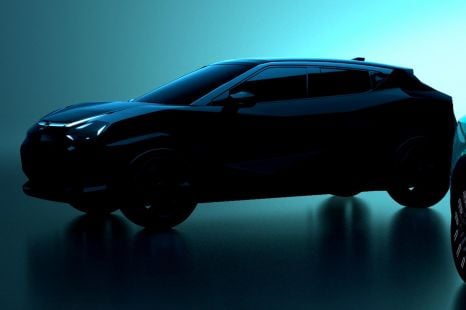

Damion Smy
Nissan Juke EV will use Leaf platform, due in 2026 - report
10 Hours Ago
A staggering 334,075 Japanese-made cars were registered in Australia on VFACTS – dominating our market.
Japanese cars have developed a reputation for reliability and affordability; however, increasing competition from South Korea, China, and Thailandis putting the nation’s carmakers under pressure.
According to data from the Japan Automobile Dealers Association and Japan Mini Vehicles Association, 5,195,216 new cars were sold in Japan in 2019.
With a population of around 127 million, four per cent of people bought a new car – a figure that parallels Australia.
All top 10 sellers in Japan are made domestically, and all are compact or smaller models.

Japan’s best-selling car is the Honda N-Box kei car. Kei car (keijidōsha) translates to “light automobile” and is a category for the smallest highway-legal passenger cars in Japan.
Kei cars are (generally) boxy and (always) compact with small motorbike-sized engines. They’re appealing due to their affordable price tags, easy mobility in tight city streets, surprising practicality, and tax and insurance benefits.
The only kei car offered in Australia is the rugged Suzuki Jimny, although export versions have pronounced fender flares and larger bumpers than the kei version.
As for the Honda N-Box, it has been the best-selling car in Japan for three consecutive years. It is only a four-seater, but it is very practical.
All pews can slide front and back with lots of leeway on a long track, not usually seen with traditional SUVs.
Seats can also recline and fold separately like the “Magic Seats” in the Honda HR-V), and a bed can be created by simply removing the headrests.
All models come with the brand’s Honda Sensing suite of active safety systems standard, and top-spec Custom guises feature a sportier, edgier design. Four-wheel-drive is also optional.
The Honda N-Box is priced between 1,411,300 yen ($20,400) and 1,898,840 yen ($27,400). Dare I say it, it’s a unique, characterful model we’d love to see in Australia.
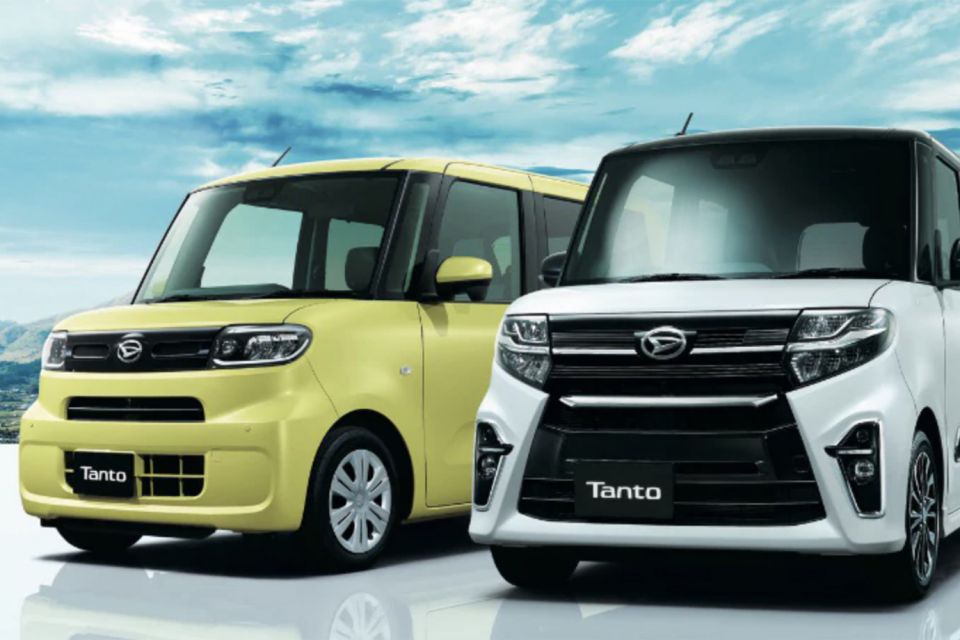
Despite Toyota axing the Daihatsu brand in Australia in 2005, it still remains in its home country, with the Tanto as its best-selling vehicle.
Like the Toyota, it’s a practical and versatile four-seat kei car. As part of the “Miracle Walk Through Package”, the Tanto gets a hands-free sliding side door, a long-sliding driver’s seat to let parents easily fumble with a child seat in the back, and even automatic soft-closing doors for the front passenger that aims to aid small children.
Active safety technologies are in abundance with niceties such as road sign recognition and automatic parking. It’s even offered with a turbocharged engine on sportier RS models. As with the turning circle, it’s a tight 4.4 metres – half of a typical city hatch or SUV.
The Daihatsu Tanto starts at only 1,490,500 yen ($21,500) with a plethora of colours, optional four-wheel-drive, and a pop-out passenger seat or ramp to assist the disabled.
This model alone accumulated more registrations than Australia’s total number of small SUV sales last year, totalling 139,250.
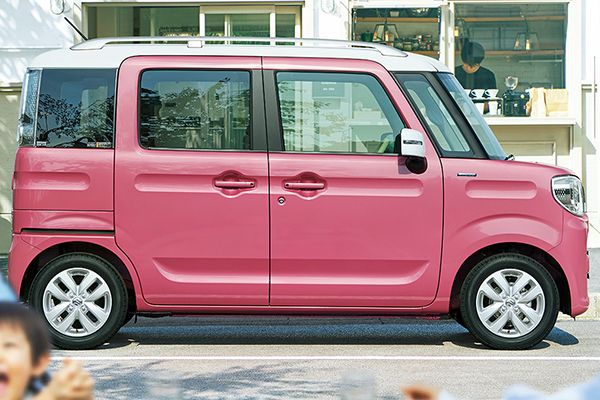
Yes, it’s another kei car that targets first-car drivers and families alike. Like the N-Box and Tanto, the Suzuki Spacia is a lightweight two-box model with a continuously variable transmission (CVT).
It length measures in at 3395mm long, 200mm shorter than a pint-sized Kia Picanto. Uniquely, all Spacias are offered only with a hybrid engine to cut down emissions and improve fuel efficiency.
On the sportier side, there’s the Spacia Custom with tweaked cosmetics and a turbo engine, while SUV-minded buyers can opt for a Spacia GEAR with rugged plastic cladding.
The Spacia starts at 1,496,000 yen ($21,600) with a CVT. For context, an equivalent model in Australia would be the – also boxy – Hyundai Venue city SUV, starting at $19,990 before on-road costs.
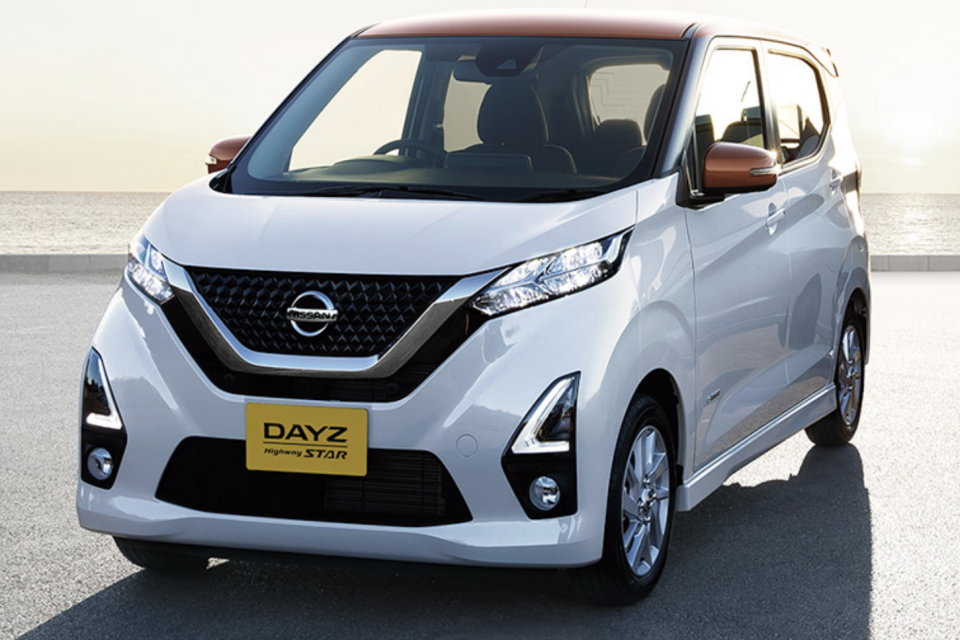
There’s a pattern: the Japanese love cute, nimble kei cars. The fourth top seller is the Nissan DAYZ. Sharing fundamentals with Mitsubishi eK kei car, the DAYZ is essentially a shrunken Nissan Jazz.
Equipment highlights include the company’s ProPilot Assist highway system, a 360-degree camera, and a frugal 0.66-litre (660cc) three-cylinder turbo engine outputting 47kW and 100Nm.
A plethora of colour combinations are available, too, including an orange, cream, brown or black roof. A special DAYZ Bolero model even includes cutesy touches like partial pink seats, a pink/brown dashboard and steering wheel, and a gold or silver sticker on the door handle.
In fact, the DAYZ is so colourful that it won the Auto Colour Awards in 2019. The Nissan kei car starts from a slightly cheaper 1,349,700 yen ($19,500).
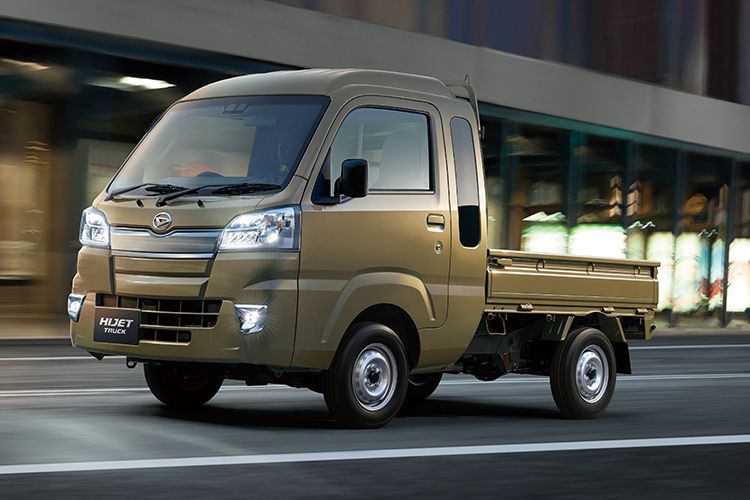
Available in either a Hijet Cargo kei van or Hijet Truck light commercial vehicle (LCV), it can be considered a pint-sized sibling to Toyota’s HiAce and HiLux models.
The 1985 Hijet Truck was briefly sold in Australia.
Now in its tenth generation, both the kei van and truck feature autonomous emergency braking (AEB), lane-departure warning, and reversing cameras.
For the truck bed, there’s up to 2030mm of length to load things in. On both models, there’s even the choice of vibrant exterior shades like orange, teal, blush pink, and more. Because, why not?
The Hijet Cargo starts at a 1,331,00 yen ($19,200), and the Hijet Truck costs from 1,056,000 yen ($15,200).
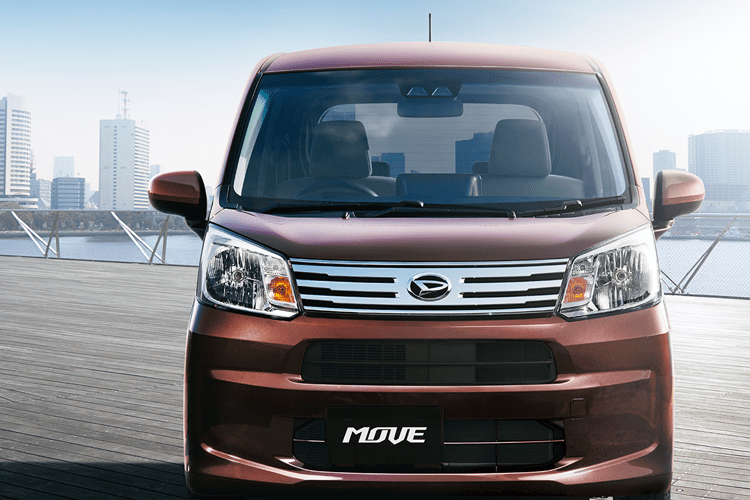
The Daihatsu Move is a slightly larger kei car. There’s also a gutsier and sharper-looking Move Custom version available.
With a wheelbase of 2455mm, it includes four hinged doors but retains a four-seat configuration.
An optional model includes an electronic passenger seat that swivels out of the vehicle to enable easier ingress/egress for seniors and the disabled – a common feature on some Japanese cars.
The Daihatsu Move starts from a reasonable 1,199,000 yen ($17,300).

The Nissan Note is a practical small car rivalling the likes of the Hyundai i30 and Volkswagen Golf. With 411 litres of boot space, it is considered as a mini passenger van (MPV) due to a taller rear just like a Honda Jazz.
Standard in Japan, it’s offered with Nissan’s e-Power technology, essentially a range-extender system using a three-cylinder petrol engine to generate power for a 1.5kWh battery and 80kW electric motor.
Nissan also offers a luxury-focused Medalist Series model. More intriguingly, the Nismo Black Limited guise adds go-fast cosmetic touches like racy bucket seats, an aggressive body kit, and black decals.
The Note starts from 2,196,700 yen ($31,700).
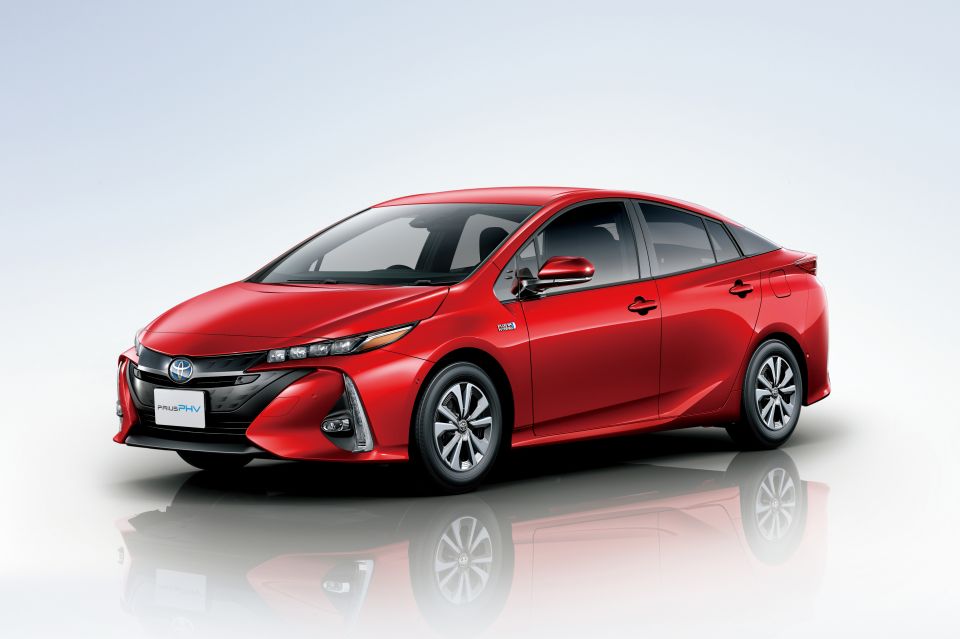
The Toyota Prius arguably sparked the push towards hybrid power in the car industry. While it’s now being outsold by the RAV4 and Corolla hybrid models in Australia, the Prius is still a strong seller in its home country.
All variants are sold in Japan – Prius Hybrid, PHV plug-in hybrid, Prius C hatchback, and Prius α wagon.
The Prius PHV and Prius α are even offered in a fetching GR Sport trim, adding black cosmetic touches and a retouched larger grille that emphasises an imposing sporty design in keeping with Toyota’s Gazoo Racing brand.
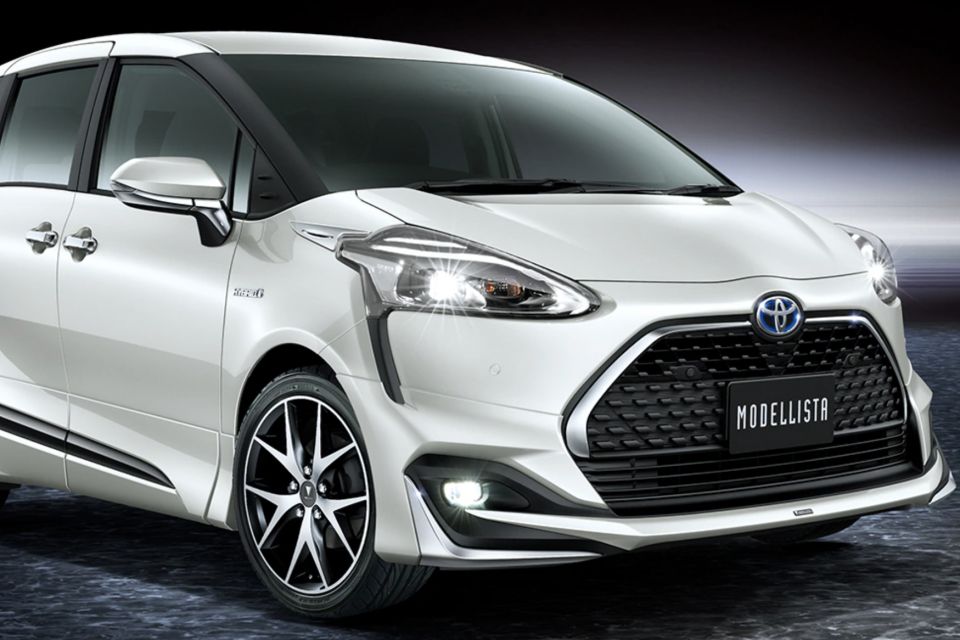
Quite a common sight in Asia, the Sienta is Toyota’s mini MPV with seven-, six-, or five-seat configurations. Its wheelbase measures 2750 mm – a little longer than the RAV4.
The Sienta is offered with a 1.5-litre hybrid-petrol motor, has easy ingress/egress with a sliding door, and a full suite of active safety technologies are available.
Also, there are a number of versions to suit all types of consumers. This includes a luxury-focused Modellista and Modellista Selection, sportier TRD, and even a Glamper model for, well, outdoor glammed-up camping.
These models sit on top of the standard Funbase and Cuero, which starts at 1,809,500 yen ($26,000).
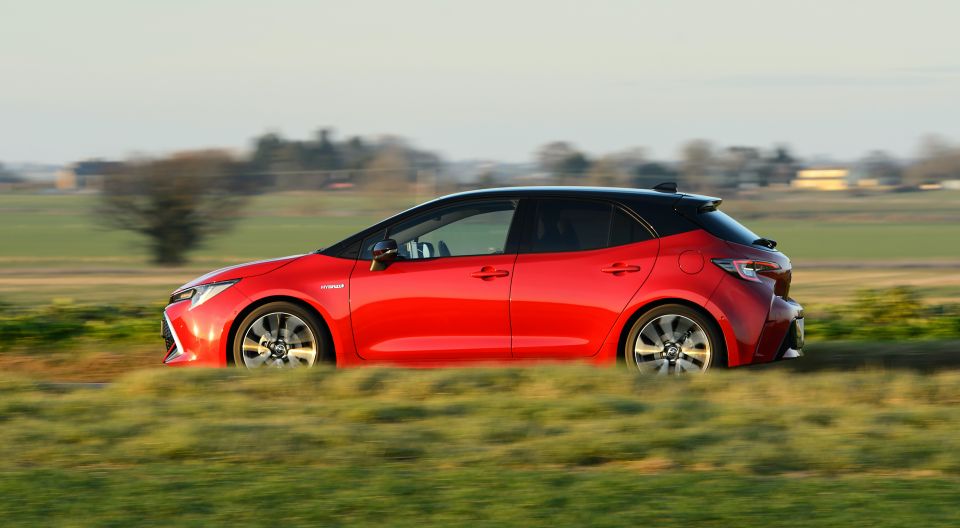
This is a familiar badge that’s ubiquitous on our roads. The Toyota Corolla is consistently Australia’s best selling small car, and finished third on the total car sales charts last year with 30,468 sold.
All Corolla forms are sold in its home country – hatch, sedan, and wagon. It’s badged Corolla Sport, Corolla, and Corolla Touring respectively. There’s no hotted-up GR version yet, but if rumour mills are correct, it should come soon.
In the meantime, there’s Modellista, Modellista Selection, and TRD edition models sold exclusively in Japan.
While hatch and sedan Corollas have the same starting price in Australia, the sedan is actually cheaper in Japan. It starts at 1,936,000 yen ($27,900).
Though, it’s worth noting the entry-level Corolla in Japan has less equipment than our base model.


Damion Smy
10 Hours Ago
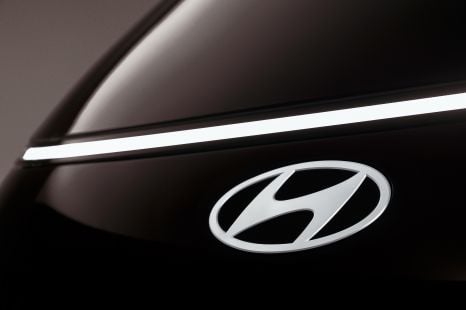

Damion Smy
13 Hours Ago
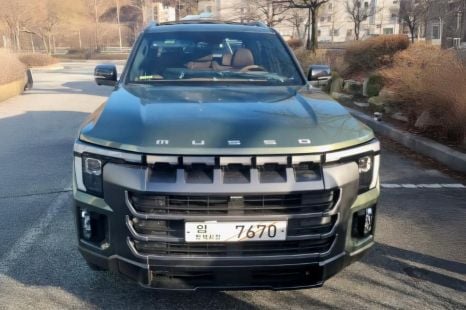

Damion Smy
17 Hours Ago


Damion Smy
19 Hours Ago
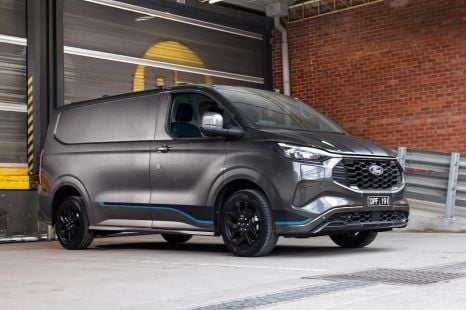

Damion Smy
19 Hours Ago
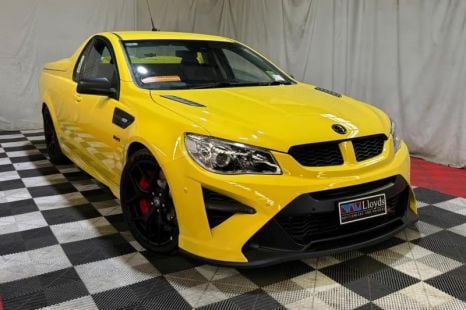

Damion Smy
19 Hours Ago